OUR BLOG
Discreet Charm of Fashion Diplomacy
Since ancient times, clothing has been used as a means to send messages in international relations. The selection of an outfit, colours, or designer creations is not just a matter of choice, but a powerful tool of non-verbal but efficient communication
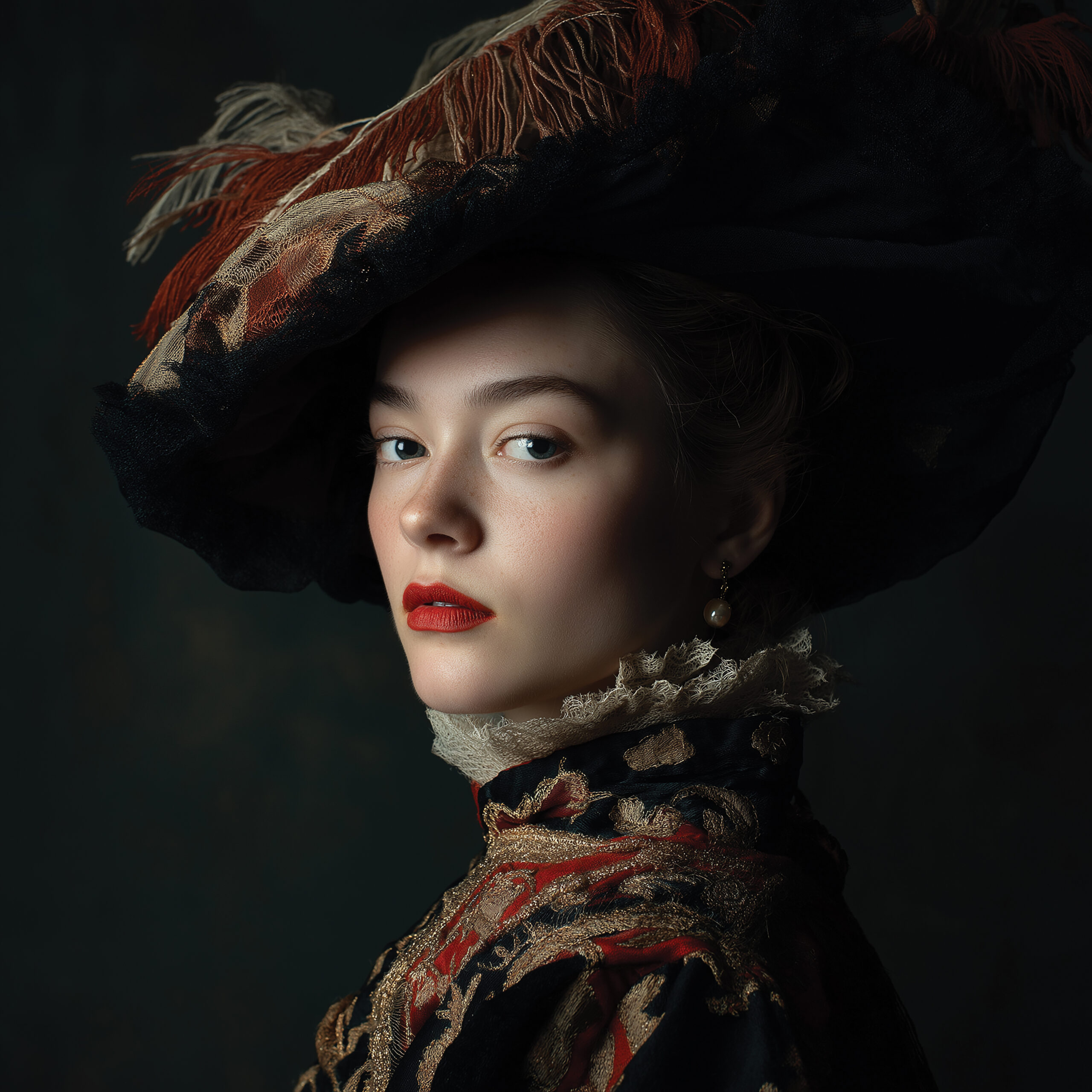
The navy-blue uniform decorated with gold embroidery on the chest, akin to a former admiral’s uniform, the bicorne hat with peacock feathers, cape, and sabre – are all elements of the official diplomatic uniform that belonged to ambassador and renowned writer, Nobel laureate Ivo Andrić, which is today kept in the Museum of Diplomacy of the Ministry of Foreign Affairs. This lavish attire is admired by visitors for its aesthetics and pomp, but also bears witness to the history of diplomacy and its approach to dress norms.
The manner of dressing, or fashion in general, is an important ancient art just like diplomacy and has always played a major role in the international diplomatic language. In a world of complex international relations and global connections where every gesture carries some meaning, fashion diplomacy has become a powerful non-verbal tool for shaping perception, nurturing ties, and even impacting diplomatic outcomes. The importance of outfits in the international representation of a country and the power of the message delivered with the selection of clothing are explained by Biljana Tipsarević and Igor Todorović, two internationally renowned fashion designers who incorporate traditional elements in their work and successfully imbue them with modern life, making quiet but effective and meaningful creations.
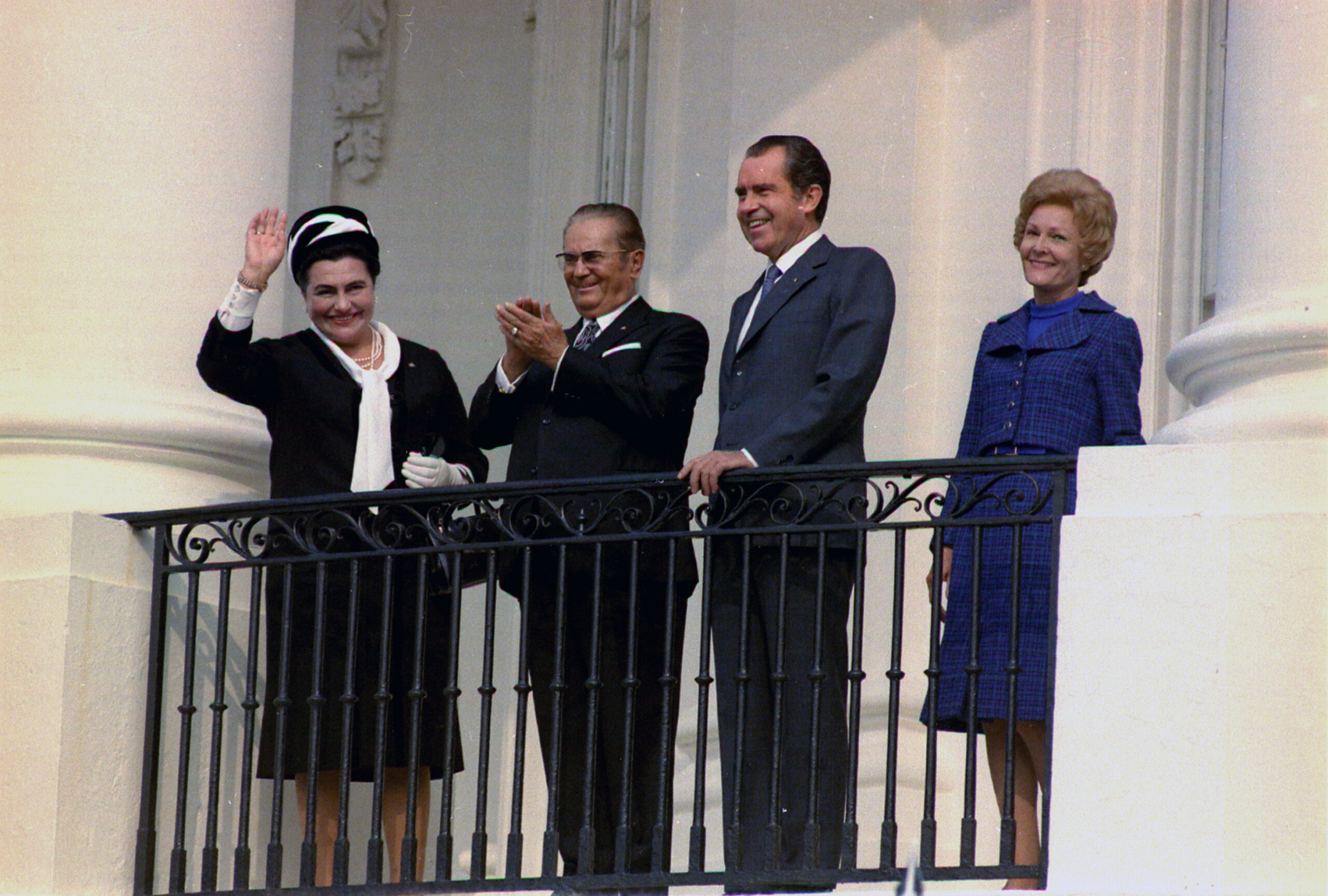
Fashion is a very strong communication tool that can deliver messages without uttering a word. In the context of fashion diplomacy, clothing is becoming a tool to express identity, culture, and even political attitudes. Well-chosen outfits can leave a strong impression in the international stage, reflecting sophistication, dignity, and values that a country wishes to represent. Individuals from the world of diplomacy often shape the perception of the country they represent with their appearance, and that is why fashion can directly contribute to their authenticity, self-confidence, and, ultimately, effectiveness in communication and negotiations’, says Biljana Tipsarević for Dipos Magazine. She advocates that fashion should be a natural extension of every person’s individual sensibility and attitude, which equally applies to women in diplomacy, politics, and the public sphere.
The First Lady of Serbia, Tamara Vučić, often wears Tipsarević’s designs. Ms Vučić enjoys a reputation for her sophisticated style, thoughtfully selected combinations, and subtle but clear messages. That is why is referred to as a successful example of a person who uses fashion diplomacy well.
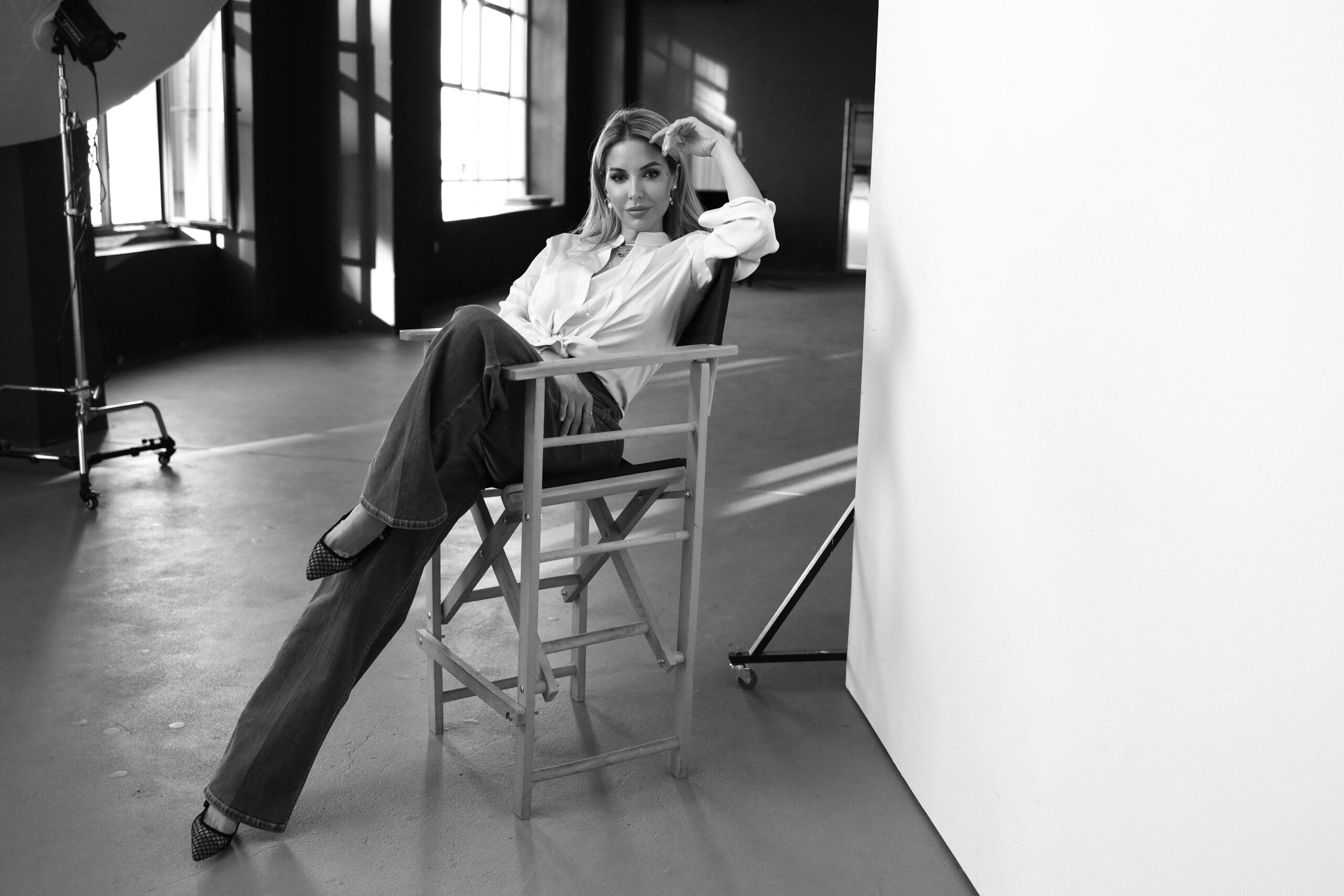
‘The style of the First Lady is extremely sophisticated, understated, but highly recognisable. It reflects elegance, thoughtfulness, and dignity, which are important messages that a person in that position should convey. Her ability to stay true to herself with her fashion choices, while respecting the occasion and context, makes her the best example of fashion diplomacy. The designs I had the honour to make for her are inspired by the idea of subtle femininity and modern classicism – delicate forms, clean lines, and carefully selected details that speak quietly but powerfully’, explains Tipsarević.
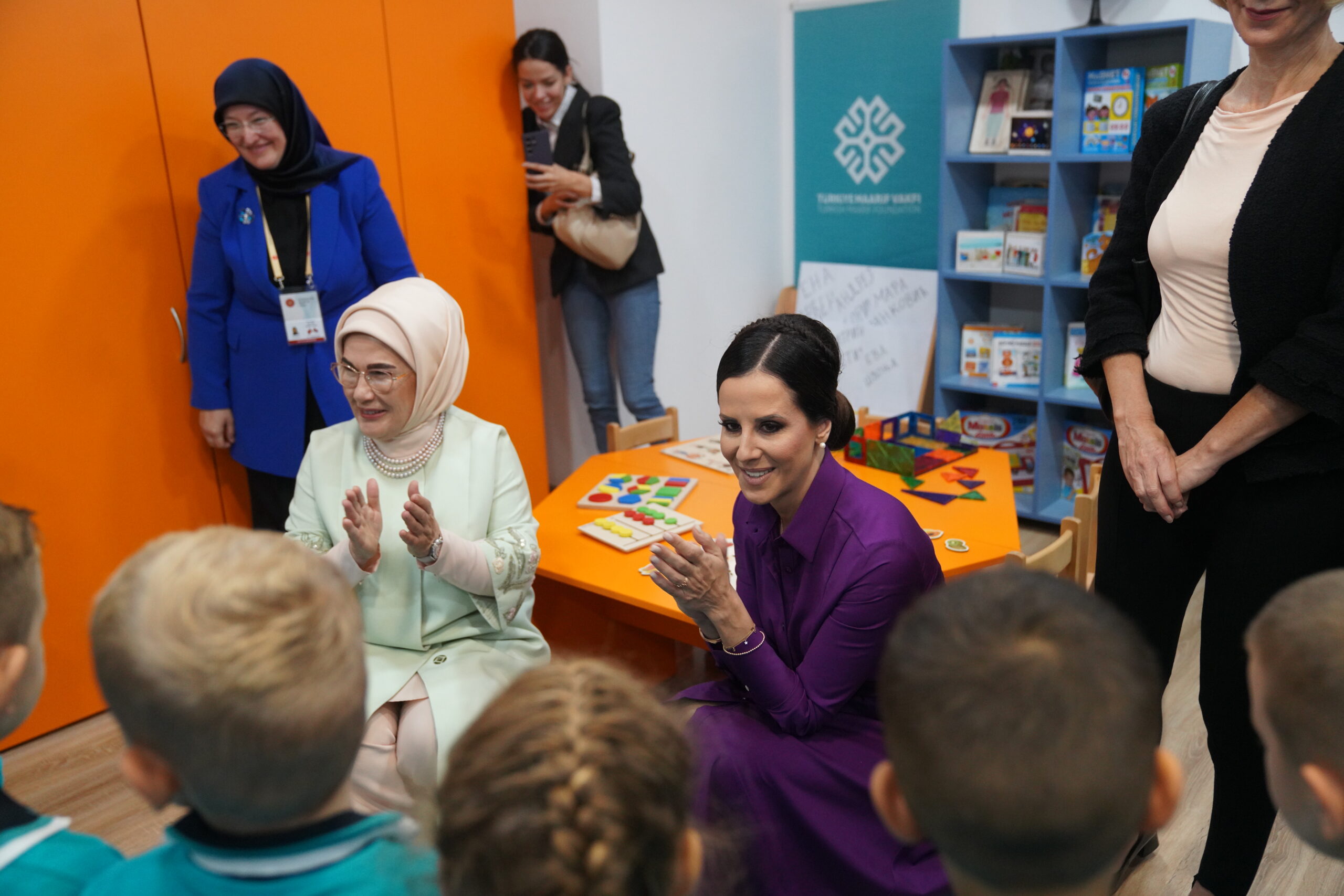
Fashion designer and stylist Igor Todorović, expert on the history of clothing and contemporary political trends, also believes that fashion is not just a visual expression but a powerful means of communication, and analyses the connection between fashion and representing of a country internationally from this angle.
‘Even in ancient times, the highest-ranked statesmen wanted to leave an impression of power and authority with their clothing. In late 14th century, France got their first Minister of Foreign Affairs, thus becoming the ‘queen of diplomacy’. Ever since, fashion has gone hand in hand with diplomacy through all important historical events. The clothing and aesthetics that accompany it could be referred to as a silent but extremely eloquent language known as diplomatic fashion. In this context, this is not just a matter of personal choice or aesthetic exercise, but a powerful means of communication. The selection of colour, fashion accessory, or creation of a designer, becomes a clear visual message able to convey national identity or show respect for other cultures and customs. That is why diplomatic fashion is an art of using clothing as a diplomatic tool and non-verbal communication in international relations. Its essence relies on the right selection of clothing and accessories that highlight mutual respect and degree of international relations’, says Todorović on the key aspects of fashion diplomacy.
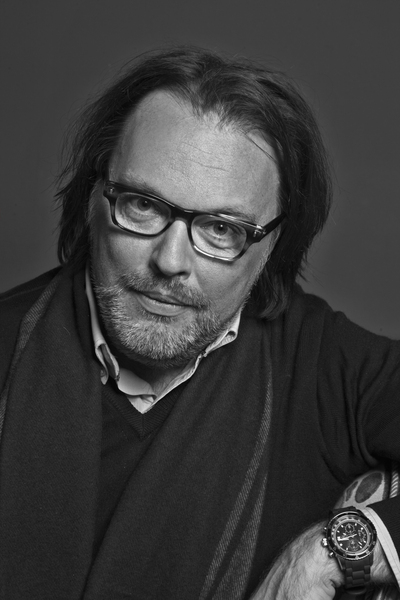
He claims that choosing the right colour for an outfit can be an effective diplomatic asset. The wrong colour, as different cultures or ceremonies attribute different meanings to colours, can be a serious communication problem or a blunder.
For mоre about Fashion diplomacy please find in Dipos Magazine.








 2018
2018